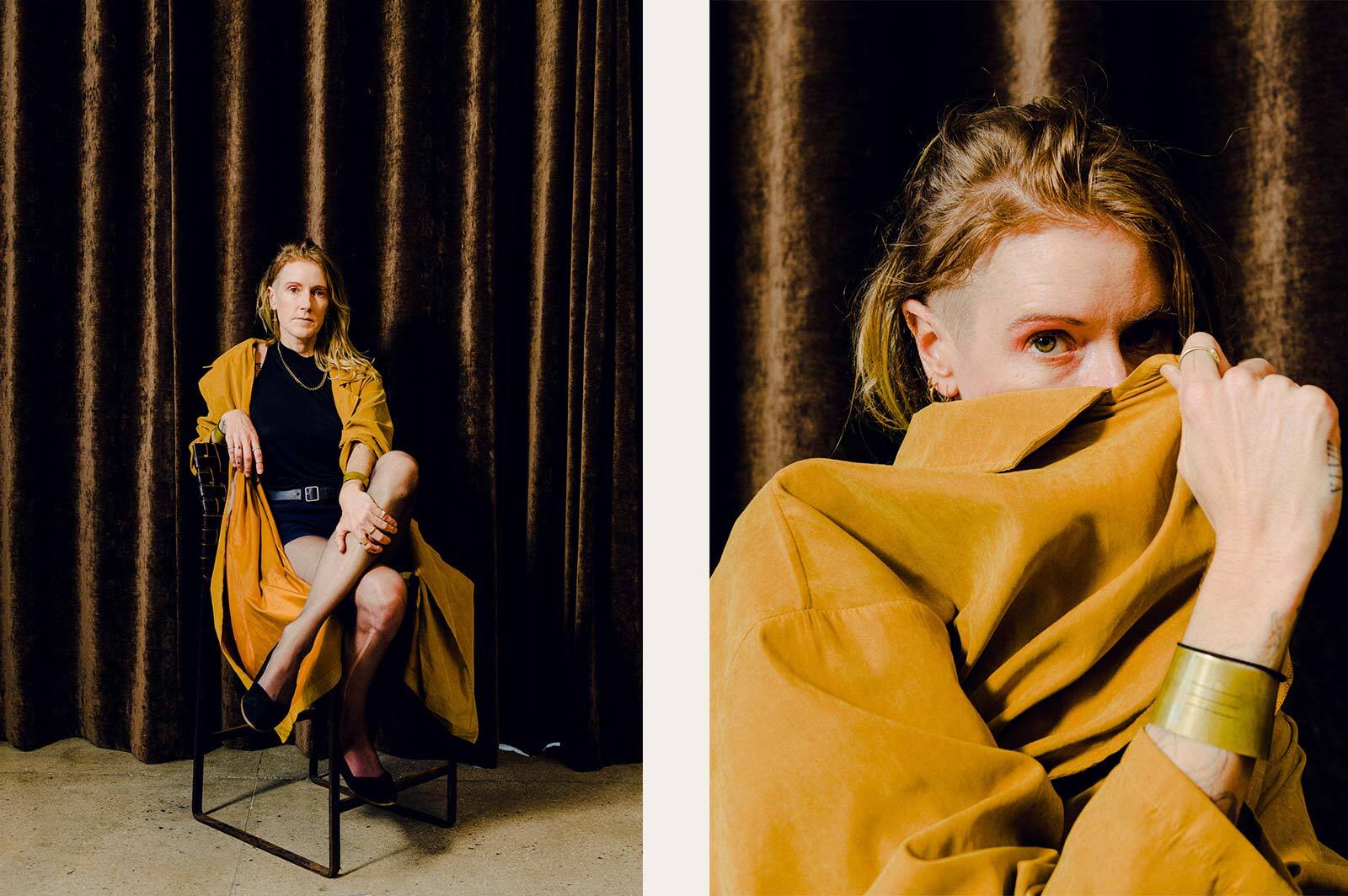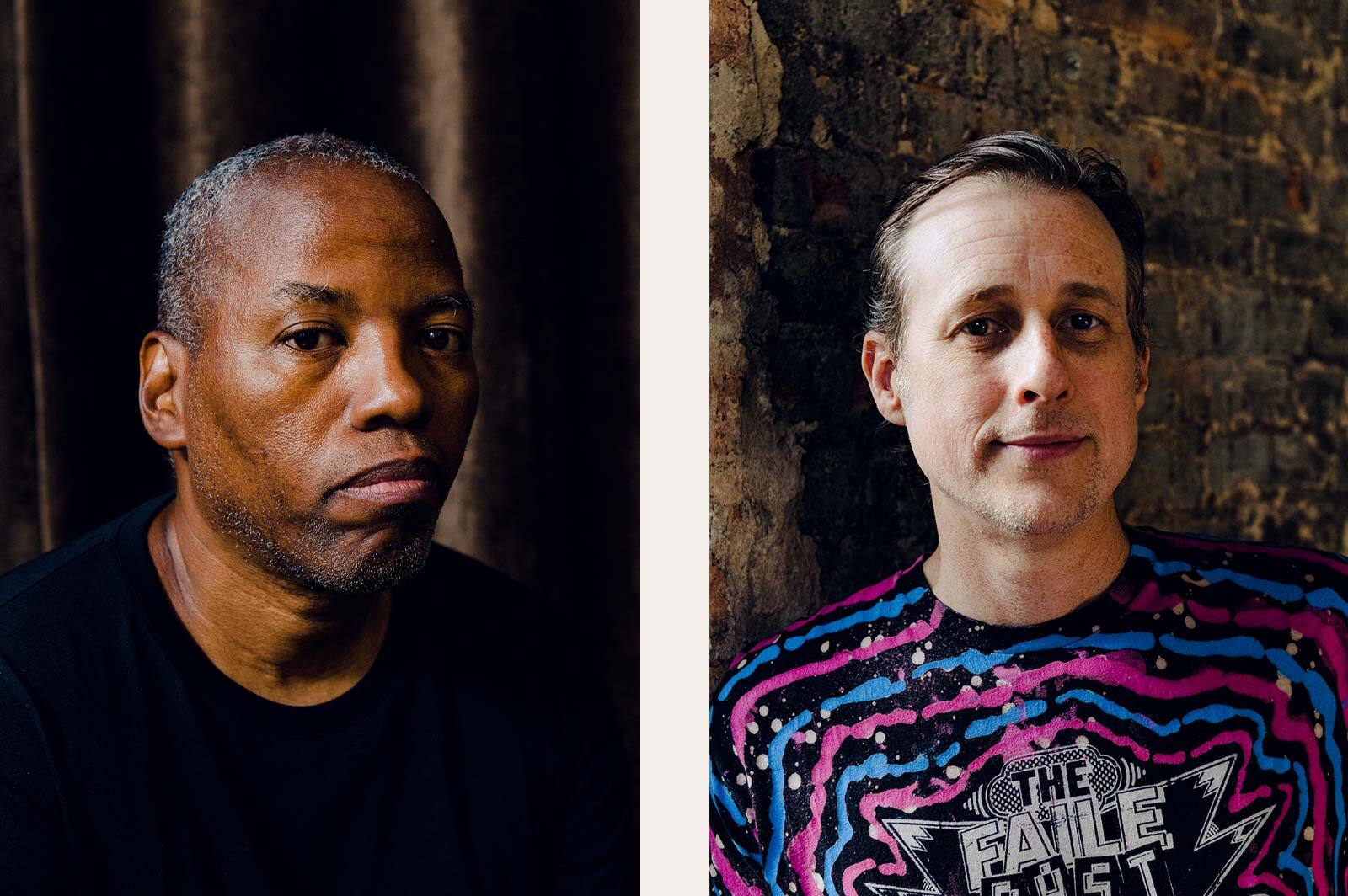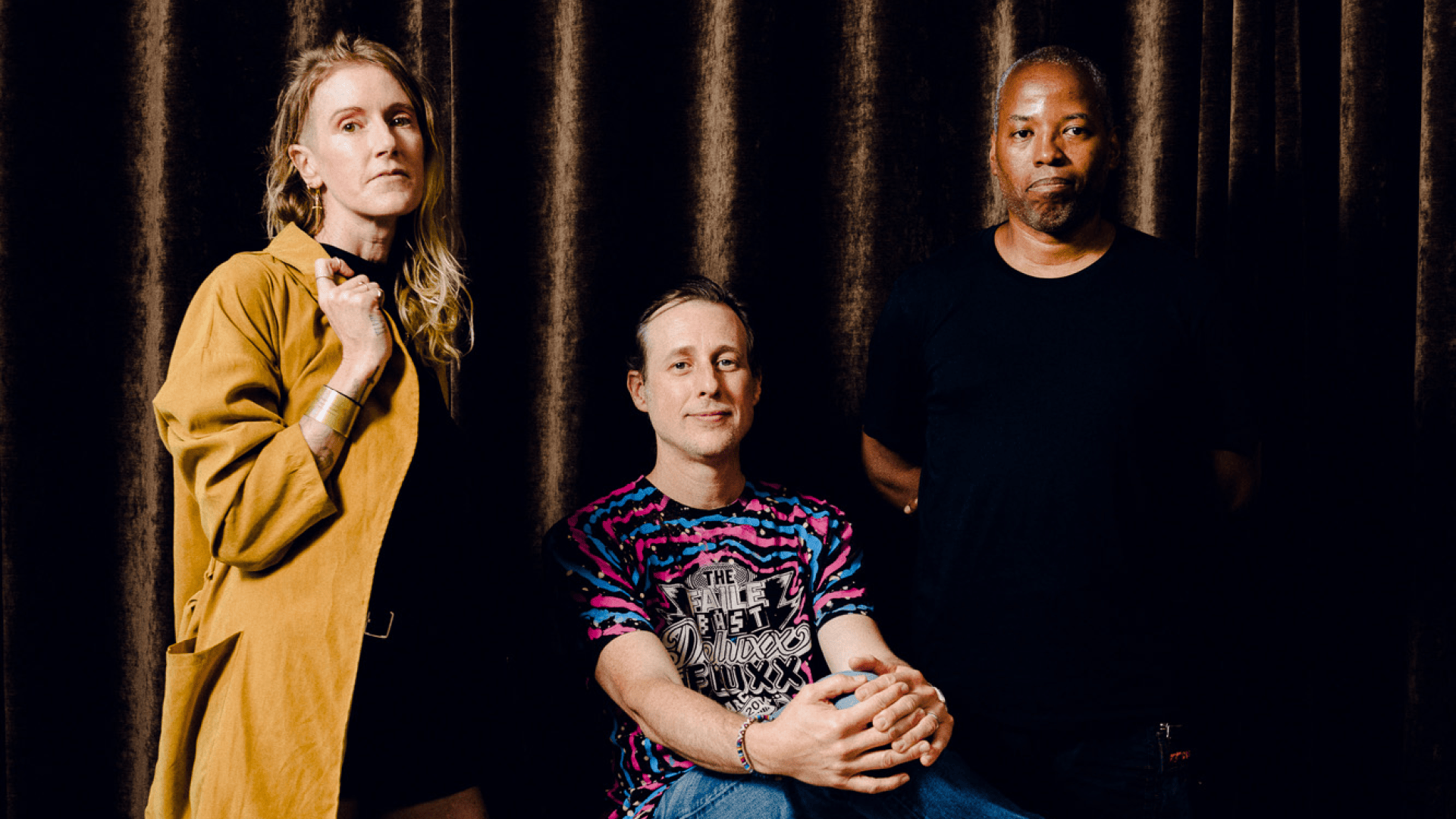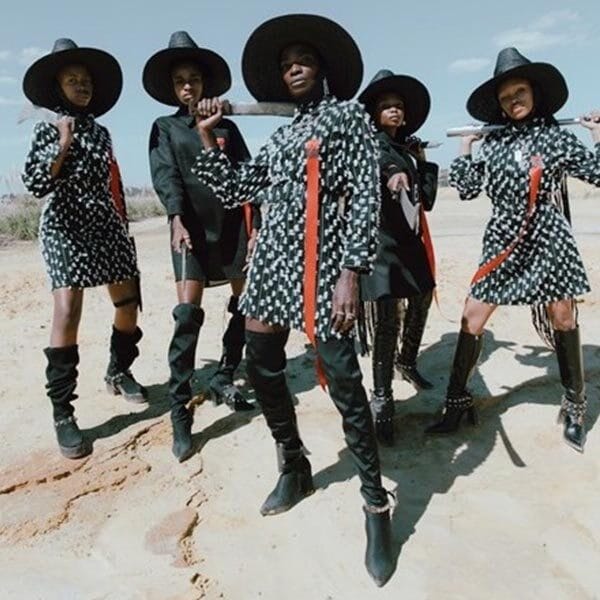A monthly collaboration between NeueHouse and the MA+ Group, Pencils Down brings together luminaries from art, design, fashion, technology and beyond for candid conversations exploring the intersection of culture and commerce.
For the sixth event, and the first in-person at NeueHouse Madison Square, host Louisa St. Pierre brought together three renowned street artists who have made the leap into the mainstream art world to discuss how they’ve navigated the transition while keeping their creativity intact.
South African artist Faith XLVII made her name painting socially-inspired murals while expanding into media like sculpture and digital. Patrick Miller is one half of the street-art duo FAILE, who have gone from wheatpasting posters across Brooklyn to museums like the Tate Modern. Finally, the inimitable Cey Adams made his mark on the streets of New York in the Eighties before going on to revolutionize hip-hop’s visual identity as the creative director for Def Jam Records. Together, this trio dispensed some real talk about creative life during the pandemic, what they look for in branded work, and what keeps them all moving forward. Here are some highlights.

LOUISA ST. PIERRE: What did you learn, creatively and personally, during the last year?
CEY ADAMS: I was on the road for what felt like 200 days a year, just moving all the time, city to city. It’s like being in a band. And then the pandemic hit, and exhibitions fell by the wayside, book deals—everything just came to a dead stop. And then, I was just alone with my thoughts. Everything went away. Even relationships just seemed to disappear. I had a reflective moment where I got a chance to stop and think about what truly matters. So much of it felt superficial and felt like bullshit. I just thought to myself: the only thing that matters is me. I said, the people that show up during this period going forward are going to be my people forever. And if those other people come back at some point, we’re going to assess that on a case-by-case basis.
FAITH XLVII: The last year for me, and I’m sure for all of us, was very disruptive and kind of left me in limbo. In a way, it was well-timed. I was questioning my creative process. I think I had just been ambitious for a long time. [Early in my career] I just kind of hit the ground running and never stopped. I’ve always had the intention to weave my life learnings into my work, but I realized that maybe that’s gone a little off. So I took some time off to question: how is my work relating to what I believe and what I find sacred? What is meaningful? And I’m still taking that step back and just reassessing. I want to work more slowly. I want to be less driven by ambition. You know life is short, so what are you spending your time on?
FAILE: We were fortunate enough to be healthy through it, and not to lose people close to us. We’ve been in this rhythm for 15 years of big shows, big productions, always going and making, having a studio staff, and always trying to keep people busy. I think for “the other Patrick” [Miller, the other half of Faile], it was great to slow down. He really appreciated that it was the first time it was just him and I in the studio in 15 years. He really loved to have time to slow down and think about things, and not have the pressure of keeping people busy. Whereas for me, it was kind of the opposite. I thrive off the energy of projects. I’m looking forward to getting back to the party a little bit, making and doing, and having that creative flow going.

You have all participated in successful brand partnerships, and I know that you have different thoughts about that. Can you share some of those thoughts?
CEY: Brands have seen the future. They know that the way to connect with their audience is through us. And they have more money than anybody else. So when it comes to being able to make what you want, to make on your own terms, and really establish your boundaries when you partner with certain brands, it’s just a freedom that I’ve really never known before, because they just allow you so much space to do what you do. Working with Levi’s, for example, the creative director just gave me so much freedom, knowing what I do. It was liberating, because I can remember, many, many, many years ago, when the shoe brands really didn’t understand who we were. And they said, okay, we’re going to give you this amount, and we want you to do a whole collection. And they didn’t even have the decency to put our names on it. Fast forward to the present, when you have a brand that says, I’m going to pay you what you’re worth, I’m going to give you the creative freedom to do your thing, we’re going to promote it with your name upfront. You know, that’s intoxicating. And it’s a beautiful thing when you can see them putting that out into the world and being socially conscious, and all the rest of it.
FAITH XLVII: When you work with a brand that respects you and your work, they’re going to give you a lot of freedom. And they’re going to ask you, what do you think? You know, like, they’re really interested in you, and coming to you for a reason. If you’re going to work with brands, that’s what you want. That was the case with Hennessy. Obviously, you’re catering to what they need from the interaction, right? There’s a symbiotic relationship there. So you have that in your mind. For me, I want to be able to bring in the work that I want to make, and make it interesting.
FAILE: I think that point is true. I think understanding what the brand is looking for, or if there’s something that they’re trying to achieve through the collaboration is important to know and understand. I think it’s good to have that creative structure. Brand partnerships work best when you can be ahead of the creative, where the creative hasn’t been already decided, or it’s not just sort of like you’re slipping into an artist series that’s already been dictated. You can come to it with your own ideas, and really make something special and unique. It’s just nice to bring something fresh to the world in that way. And I think with good brands, you appreciate their history and their story and what they do really well, and they appreciate what you do well, and it elevates both you and the brand. We say no to a lot of things because you can just tell that you’re not going to be able to do anything that someone else hasn’t really already done. So seeking out those brands that bring that to the table is really special.

Alright, so final question: can you share your best piece of advice for the other creators out there?
CEY: This might sound cliché, but believe in yourself. Because none of the people that I came up with truly knew who they were or where they were going. They figured it out, but they all made a lot of mistakes. There was a lot of bad behavior. I came up with all of these rock star names, and none of these people knew how to treat anybody with any dignity and respect because they were just too young. So the thing that I’ve learned as an artist over my career is to just believe in yourself, and good things will happen if you treat other people well. It might sound like a no-brainer, but when you’re in the moment, and you’re feeling yourself at the height of whatever you call success, it can be so easy to overlook something very simple.
FAITH XLVII: Yeah, my thought kind of links to that, too. I would just say have your feet on the ground. Know who you are, know what you do. Really get to know yourself, because criticism and praise, you can’t take any of it too seriously. You have to have good roots and a good relationship with yourself and with your work, and have reasons to do the things you do. If you can keep coming back to that, then nothing really matters if you’re successful or not successful.
FAILE: I would say do the work. I think creativity is really like a muscle, and you need to make a practice of doing and making. It’s really easy to think a lot. But to really, you know, put your hand to the paper and actually bring something out of your head into the world a little bit every day is a huge asset. It also helps to have wayfinders of where you’re trying to go with the work that you’re doing, especially if you’re making a practice and a habit out of it. Lastly, build your own base. That’s been something that’s really helped us over the years, having a big fan base of our own that we connect with directly. It’s not through a gallery, it’s not through someone else. These days, it’s a lot easier with social media and these things, but I really think it’s a huge asset for an artist to really have their own base that they can tap into and share things with.



